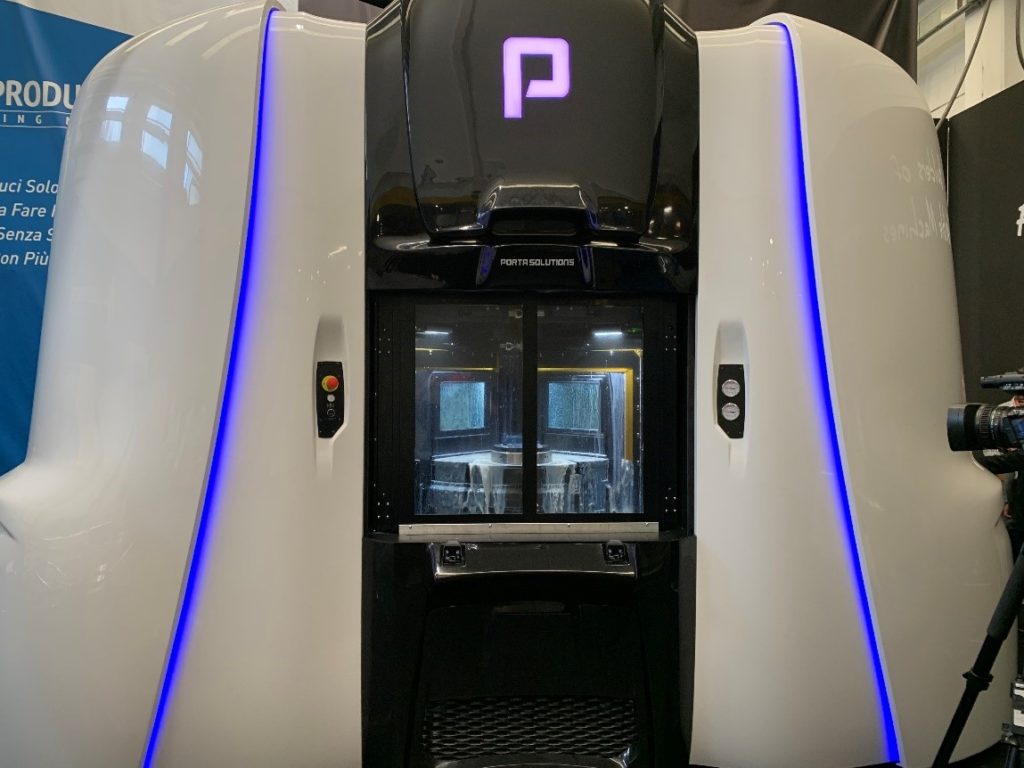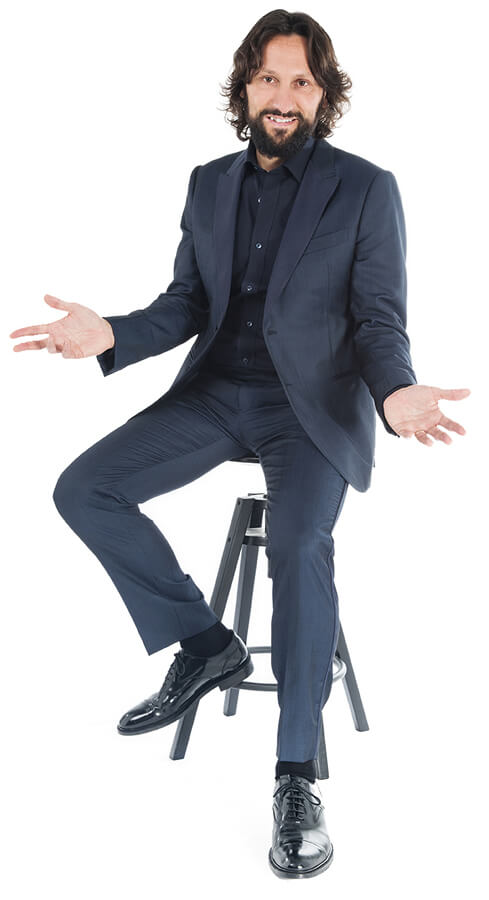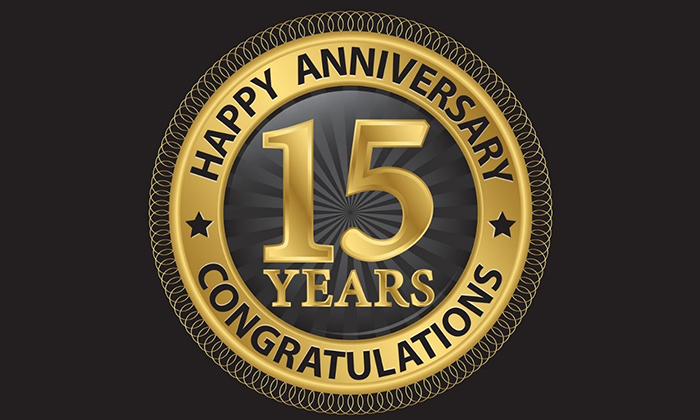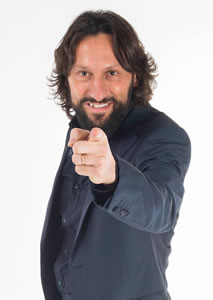It’s been 15 years since the beginning of production of what would later become the Machine Tool that changed the way of thinking in the world of metalworking.
We are talking about the PORTACENTER, which was created with the specific aim of meeting the ever-growing needs of users of Machining Centers and Transfer Machines who could not find the right solution to meet the constant growth of requests for small-medium batches of production.
In the world of Manufacturing, most of the insiders knows the Machining Centers very well and a smaller group of people knows Transfer Machines, too.
These two categories of machines are complete opposites.
The Machining Centers are very flexible but, having just one spindle, they are not very productive.
On the contrary, Transfers are very productive, having more spindles, but not very flexible by nature.
The truth is that over the decades, and with each crisis, we moved from mass production (Transfers), due to the economic boom of the 60s and 70s, to customized production (Machining Centers) which characterized the 90s.
Pros and Cons of these 2 production eras:
Mass production:
- Advantage: very competitive product cost and fast delivery times.
- Disadvantage: rigidity of production, business model based on the Warehouse: I produce, I fill up my warehouse and then I hope to sell.
This is the so-called (negative) Push production approach.
Customized production:
- Advantage: I produce just what I sell, without stock.
This is the so-called (positive) Pull production approach.
- Disadvantage: high cost of the product, that it‘s not standard, long delivery times that make you lose opportunities.
The new challenge of the 21st century is different and
it is MASS CUSTOMIZATION.
What does it mean?
I am not telling stories, I am really trying to show you the epochal change we are witnessing.
Mass Customization means combining the advantages of mass production with the advantages of customized production, eliminating the disadvantages of these two production models.
So let’s see how to combine the advantages and eliminate the disadvantages.
Production based on MASS CUSTOMIZATION:
- Mass production advantage: very competitive product cost and fast delivery times.
- Customized production advantage: I produce just what I sell, without stock (positive Pull system).
By this continuous improvement process, we came up with this philosophy:
PRODUCE WHAT YOU SELL,
NO STOCK, NO STRESS, MORE CASH!
This is exactly the phrase that guided the design phase of the PORTACENTER in its first version of 2005.
We are talking about the FIRST 3-Independent-Spindle Machine, built in Series!

2005-2020 > It took 15 years to make it:
- Optimized.
- Reliable.
- Low-cost.
- Available, short delivery.
These 4 points have been achieved in 15 years thanks to series production.
Yes, even Available, in the sense that the delivery of the machine is from 30 to 60 days!
15 years to develop a company organization aimed at being the NUMBER 1 in the world when talking about machines with 3 INDEPENDENT SPINDLES, which allows the user to have only 1 production PROCESS, to the benefit of high CPK values.
Yes, because, thanks to the PORTACENTER, a new category of Machine Tools (that was not there before) was born.
I think it is the FIRST machine studied and designed according to a METHOD, to obtain the MASS CUSTOMIZATION, namely customized products at a competitive cost, as if they were mass-produced.
To date, after 15 years of production, there is no direct competitor that can offer a similar solution, as far as I know.
The two categories of machines that are at the extremes (the Machining Centers, on one hand, and the Transfers, on the other) have been put under pressure by this new challenge, which requires a balance between FLEXIBILITY and PRODUCTIVITY.
But both types, not being thought out to meet this new need, have started making big mistakes.
What kind of mistakes?
They are listed below, for each category.
THE TYPICAL MISTAKES MADE BY TRANSFER MACHINES AND
MACHINING CENTERS MANUFACTURERS
TRANSFER MACHINES MANUFACTURERS’ MISTAKES:
As stated, the Transfer is designed to produce large quantities, with very fast cycle times, so it was born as a rigid but high performing machine. A Formula 1 car with a very high cost and excellent performance, not very useful to go to the bakery, in your small village; you can drive it only to obtain excellent results and only in specific situations, for example on track.
In addition, samples are usually produced on order, because they must be designed based on the piece (or the group of pieces) to be produced.
Over the years, the Transfer manufacturers have seen a reduction in requests for this type of machine, with an increasingly small market segment, due to economic changes, globalization and new business models.
So, to try to chase the evolving market, they were forced to apply flexibility concepts on projects designed to enhance rigidity.
Always making a fun analogy with Formula 1, it is as if I were starting to make changes to the Formula 1 car project, trying to make it a fast bus.
This explains the negative birth of the “FLEXIBLE TRANSFER”, which is nothing but the fast bus.
MACHINING CENTERS MANUFACTURERS’ MISTAKES:
Here too, let’s analyze why Machining Centers were born.
At first, the idea was to pursue high flexibility within the work cubes. In fact, the machines were, and still are, built in series and not designed for a single piece (or group of pieces). Just stay in the work cube and that’s it.
The basic concept is that thanks to their structure and flexibility I can produce without problems.
Here too, over the years, the manufacturers of Machining Centers have seen a change in demand, with market requests increasingly oriented towards more productivity, in order to manage medium production lots.
So what did they do?
With a magic trick, they turned the one-spindle Machining Center into a twin-spindle machine.
It doesn’t make sense!
What’s so wrong with this concept?
Here it is explained.
With this black magic trick, which apparently doubles production and solves productivity problems, you also double other problems that you didn’t have before, which are much more serious!
Which problems?
The twin-spindle machine is presented as a single machine which, however, has two different production processes, put in parallel. If your production requires high quality standards at the CPK level (maybe this is not your case), you will have to struggle not with one but with two CPK values, so you can only get the average of two processes, instead of a single, precise, and absolute value.
This is the truth, the reason why, which led to the birth of the PORTACENTER, with the clear aim to solve specific needs, as well as an increasingly undeniable market split.
15 years of history and a standard 3-Spindle Machine Tool, made in series, which pursues continuous improvement in terms of reliability and precision.
An excellent fifteenth birthday!
Now, you can rely on this third choice to face the production of small-medium lots, continuing to be competitive.
Change your business model, produce what you sell, without stock.
All this with the PORTACENTER: 1 Process, 3 times Faster.
If you are a user of Machining Centers or Transfer Machines for metalworking and you want to have a clearer and more complete view of your production department to obtain these results, don’t waste any time…
ASK FOR A DIRECT CONSULTATION
with our Technical Tutor.
Send an email to porta@flexible-production.com to get more information.
If you want to go deeper on the topics of
Flexible Production and Competitive Production
CLICK HERE
>>>www.flexibleproductionbook.com<<<
My book dedicated to users of Machine Tools who want to make the leap in quality, is waiting for you!!!
To your results,
Maurizio Porta
Master Trainer PORTA PRODUCTION METHOD

 Ita
Ita Deu
Deu

